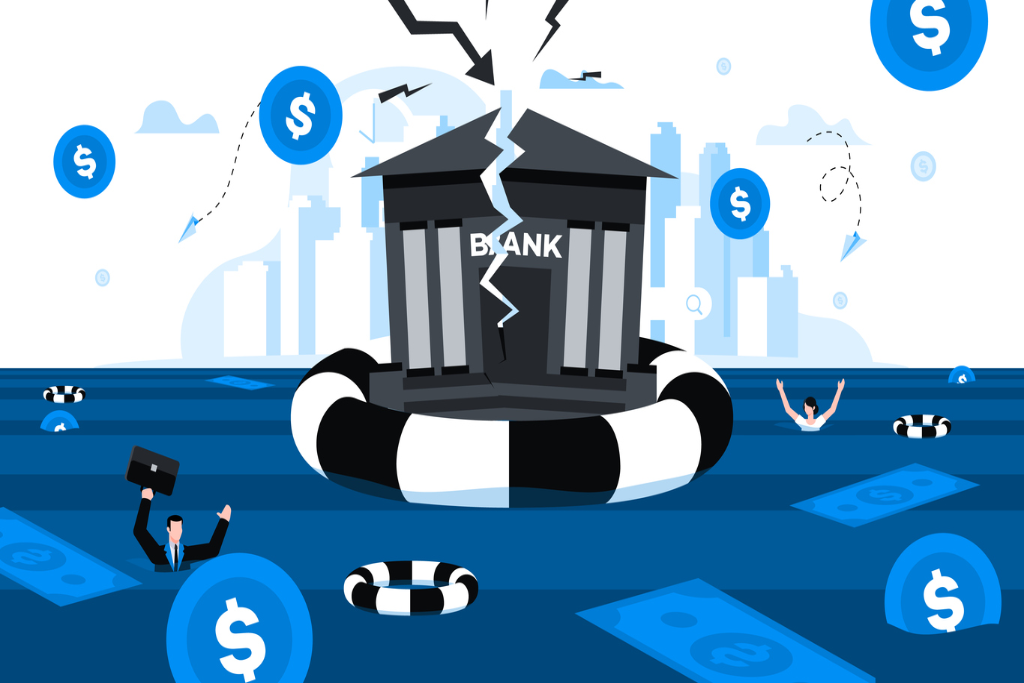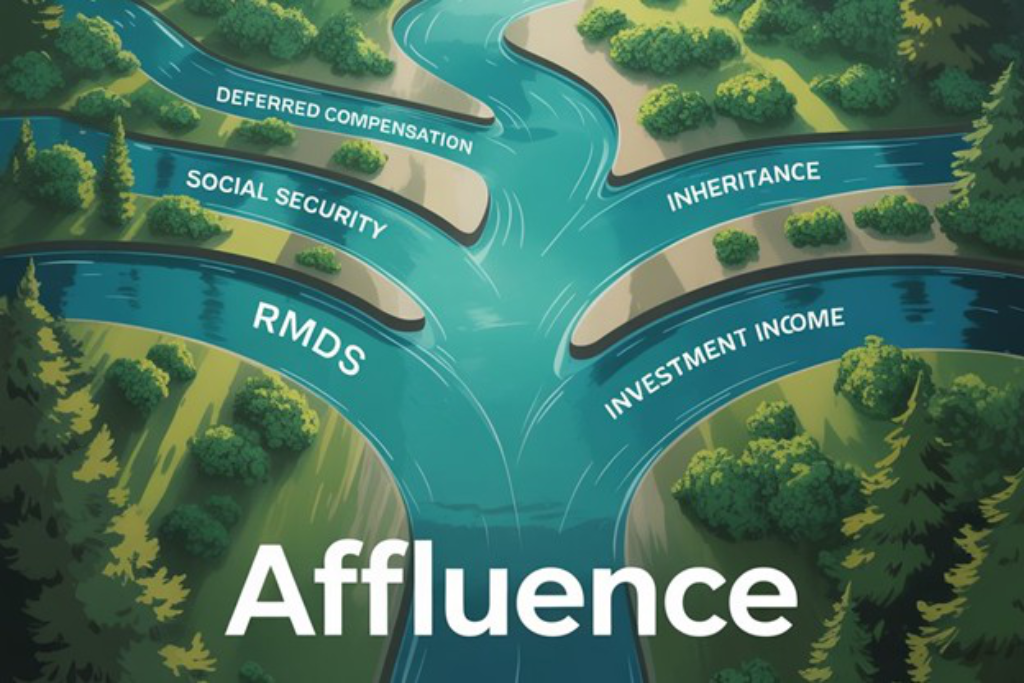SVB – A Year After the Bank’s Collapse

Photo Credit: Alexey Yarkin
Short-sighted, Vulnerable, Broke
Nearly a year ago, Silicon Valley Bank failed. On March 8, 2023, SVB announced a $1.75 billion capital raising effort, offering its common stock and depository shares. As the announcement moved through media outlets, the message heard was this: SVB is short on capital and it may not have funds to cover deposits. Alarm spread quickly on social media, inducing panic. Customers started to withdraw money in droves. On March 9, just a day after its capital-raising announcement, SVB's stock dropped by 60%. A day after that, March 10, California regulators shut the bank down and placed SVB under FDIC control.
To stem a contagion of spooked depositors making a run on their banks and gun-shy investors leaving the tech sector, days later, the U.S. Treasury, the Federal Reserve and the FDIC stepped in and insured all SVB depositors via the creation of a special program called the Bank Term Funding Program, or BTFP. Even those with uninsured deposits greater than the FDIC limit of $250,000 would have access to all balances. One week after SVB’s Chapter 11 bankruptcy filing, Raleigh, NC-based First-Citizens Bank & Trust Company agreed to purchase SVB out of FDIC receivership and to take on its loans, assets, customer deposits, and liabilities.
In a short 3 weeks, a U.S. financial institution had become capital strapped, suffered a bank run, become insolvent, filed for bankruptcy, and emerged a new entity—a division of an acquiring bank. Depositors were made whole, bank executives were fired and investors (and U.S. taxpayers, though this has been debated) have paid the bill. The collapse of Silicon Valley Bank was the largest bank failure in the U.S. since the 2008 global financial crisis, second only to the failure of Washington Mutual. And note that the failure of Signature Bank, as well as the absorption of Credit Suisse into UBS, quickly followed the SVB failure.
So, what happened? Simply put, the bank made itself vulnerable by investing a large portion of deposits in long-duration government bonds and other fixed-income securities. This created a duration mismatch between demand deposits (i.e. checking and savings accounts) and the securities held against these deposits. These fixed income securities were purchased during an era of low interest rates that dropped in value when higher inflation rates triggered a rapid rise in interest rates, depressing the price of these securities. Not wanting to liquidate their fixed income portfolio at steep losses, SBV did not have and could not create enough liquidity to cover the demand for cash from its customers. SVB had to raise capital by adding investors and that’s when everything got uncomfortable. Didn’t someone see this happening? Didn’t anyone anticipate the risk of insolvency?
SVB considered itself a leading bank as the “financial partner of the innovation economy.” The bank claimed at the end of 2022 that “nearly half” of all U.S. venture-backed startups used its services.[i] SVB had benefited from the 2020-2021 mini tech boom with its customers raising venture capital via the private equity market and depositing impressive sums with SVB. “As a result, its deposits grew from $65 billion in 2019 to $189 billion in 2021.”[ii] SVB and many financial institutions did not anticipate and therefore plan for the series of events that precipitated its liquidity crunch. Who could blame them after decades of low inflation and declining interest rates? While in hindsight, the risks were obvious and, to some extent, arguably known, in the heat of the moment, no one seemed overly concerned. Ultimately, that was SVB’s undoing.
The bank that swallowed SVB, First Citizen, speaks of the failure this way: “SVB lost the confidence of our clients, friends and fans, and for that we are deeply sorry. Each of our next steps is aimed at earning back our clients’ trust.”[iii] In May 2023, SVB’s ex-CEO, Gregory Becker, was asked about his leadership failure in a Senate Banking Committee hearing and what he could have done differently. Becker said he asked himself the same question every day. He could not name a mistake he made.[iv]
The Fed studied the SVB demise and reported that “In some respects, SVB was an outlier because of the extent of its highly concentrated business model and high level of reliance on uninsured deposits; however, SVB’s failure demonstrates that there are weaknesses in regulation and supervision that must be addressed.”[v]
That report, issued by the Fed’s Board of Governors, suggested “four key takeaways,” including these top three:
- SVB’s Board of Directors and management failed to manage their risks.
- Supervisors did not fully appreciate the extent of the vulnerabilities as SVB grew in size and complexity.
- When supervisors did identify vulnerabilities, they did not take sufficient steps to ensure that SVB fixed those problems quickly enough.
As the saying goes, “Pride goes before a fall.” SVB might well have stood for Short-sighted, Vulnerable, Broke.
Risk Management Essential
Risk management is an essential part of every investment decision and essential to your investment policy. If it’s time to review yours, or time to refresh the understanding of your investment management committee on their roles and responsibilities, call Mike Paolucci at 440-808-1500, still not terribly creative (he says) but with a well-defined sense of humor.
[i] https://time.com/6262009/silicon-valley-bank-deposit-insurance/
[ii] https://www.economicsobservatory.com/why-did-silicon-valley-bank-fail
[iii] https://www.svb.com/about-us/svb-client-faqs/
[iv] https://www.nytimes.com/2023/05/16/business/silicon-valley-bank-becker-testimony.html#:~:text=Gregory%20Becker%2C%20who%20was%20fired,view%20of%20his%20decision%20making.
[v] https://www.federalreserve.gov/publications/files/svb-review-20230428.pdf
Highland Consulting Associates, Inc. was founded in 1993 with the conviction that companies and individuals could be better served with integrity, impartiality, and stewardship. Today, Highland is 100% owned by a team of owner-associates galvanized around this promise: As your Investor Advocates®, we are Client First. Every Opportunity. Every Interaction.
Highland Consulting Associates, Inc. is a registered investment adviser. Information presented is for educational purposes only and is not intended to make an offer of solicitation for the sale or purchase of specific securities, investments, or investment strategies. Investments involve risk and unless otherwise stated, are not guaranteed. Be sure to first consult with a qualified financial adviser and/or tax professional before implementing any strategy discussed herein. Past performance is not indicative of future performance.



